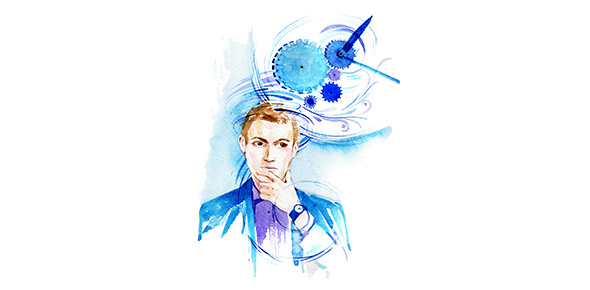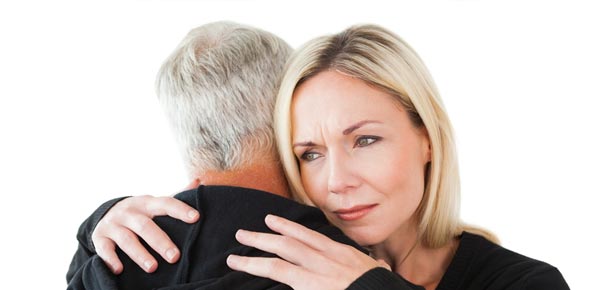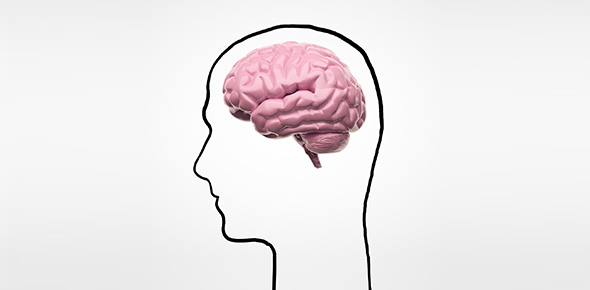Related Flashcards
Related Topics
Cards In This Set
| Front | Back |
|
Social identity theory
|
-a theory suggesting that people seek to enhance their self-esteem by identifying with specific social groups and perceiving these groups as being better than other groups.
|
|
Sexual harassment.
|
Unwelcome physical or verbal sexual overtures that create an intimidating, hostile, or offensive social environment.
|
|
In-group bias?
|
The tendency to give more favorable evaluations and greater rewards to ingroup members than to outgroup members.
|
|
Origins of the authoritarian personality
|
Authoritarian personality origniates in early childhood where childrearing practices teach children to repress their hostility towards authority and redirect it onto a less powerful target that could not retaliate.Authritarian personality is a personality trait charaterized by submissiveness to authority, ridgid adherence to conventional values, and prejudice towards outgroups.
|
|
Distinguish between gender stereotypes and gender roles. How have they changed?
|
Gender stereotypes: what is thought overall/largely about particular gender
-Gender roles: typical duties particular genders take on as proven by time
-Stereotypes usually do not change but gender roles do over time.
|
|
How can people in stigmatized groups cope with their negative group membership?
|
Rationalize participation, quit group, shine light on good qualities of group
|
|
Distinguish between a stereotype, prejudice and discrimination.
|
-Stereotype: Beliefs about people that put them into categories and don’t allow for individual variations
-Prejudice: Attitudes towards members of specific groups that directly or indirectly suggest they deserve an inferior social status.
-Discrimination: A negative action toward members of a specific social group.
|
|
What does social distance indicate?
|
-SD indicates level of intimacy of social interaction that individuals find acceptable between themselves and members of particular social categories.
|
|
How is prejudice communicated nonverbally?
|
-aversion - we stay away from groups we view in negative light so as not to bring up negative feelings about group & ambivalence toward group seen in negative light.
|
|
Explain aversive racism and reverse discrimination.
|
-Aversive Racism: Attitudes toward members of a racial group that incorporate both egalitarian social values and negative emotions causing one to avoid interaction with members of the group.
-Reverse Discrimination:
discrimination against members of a dominant or majority group, or in favor of members of a minority or historically disadvantaged group. Affirmative Action
|
|
What is the outgroup homogeneity effect?
|
-Perception of outgroup member as being more similar to one another than are members of one’s ingroup.
|
|
What is the illusory correlation?
|
-The belief that two variables are associated with each other when in fact there is little or no actual association.
|
|
What is subcategorization and how does it influence stereotyping?
|
Subcategorization: is singling out a person from the stereotype and labeling them "special". It says only a few are special and the rest are like the stereotype so reinforces stereotype.
|
|
What is realistic group conflict?
|
-the theory that intergroupconflict develops from competition for limited resources.
|
|
Know about the Robber’s Cave study.
|
-Two groups of boys at first seperated & don’t know about each other. Spend a week developing group, territory & intergroup leaders and outcasts. Second week, groups are made known about each other & set in a competitive situation like winning prizes for challenges. Boys of each group are vicious towards each other & their intergroup members become more solid w/ less inner seperations. Third week, groups are forced to work together and eventually turn hostility into friendship and commorodery.
|







